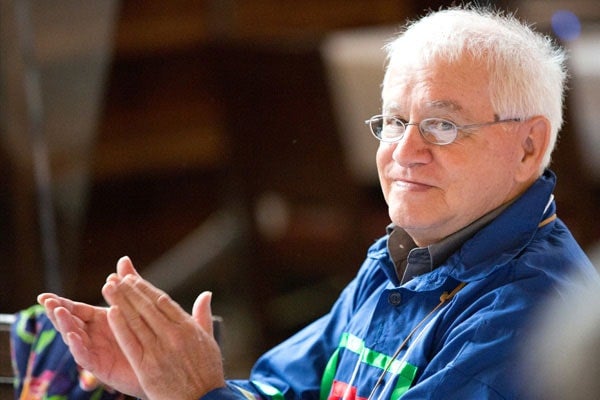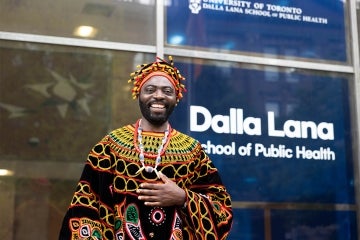
Reburial of Huron-Wendat Ancestors
Published: September 16, 2013
On September 14, through a partnership between the Huron-Wendat Nation, the Ontario Heritage Trust and the University of Toronto, the remains of 1,760 Huron-Wendat Ancestors were reburied in a serene resting place that will be protected in perpetuity, reconnecting the Huron-Wendat Nation with their forebears.
This is the largest reburial of aboriginal ancestral remains ever undertaken in North America.The reburied remains date from the 13th to mid-17th centuries and were discovered during excavations conducted by archaeologists primarily from the University of Toronto in the mid- to late-20th century. The 1,760 Ancestors were discovered in a number of separate burial sites in various locations in southern Ontario.
“Decades later, we finally gave our ancestors a respectful burial. September 14th is great day in our history,” said Konrad Sioui, Grand Chief of the Huron-Wendat Nation. “The Huron-Wendat Nation, with their brothers and sisters from the Wyandot Nation and other First Nations, paid tribute to our ancestors in the highest regard. We also thank our partners for their ongoing support in making this journey a memorable one.”
As a result of the partnership forged between the Huron-Wendat Nation, the Ontario Heritage Trust and the University of Toronto to conduct the reburial, the Huron-Wendat Ancestors have been reconnected with a place they once inhabited and united in a traditional burial site. The private reburial occurred at the location where the largest of the original burial sites was discovered. The significant natural heritage and archaeological preserve is situated within a conservation area owned by the Ontario Heritage Trust.
“This return and reburial represents the closing of a circle for all involved," said U of T President David Naylor. “The University of Toronto community appreciates the spiritual significance of the resulting reconnection of the Huron-Wendat Nation and their Ancestors, and we are grateful to the Huron-Wendat Nation and to the Ontario Heritage Trust for their partnership in this historic event.”
The Ontario Heritage Trust will ensure that the site, known as the Thonnakona Ossuary – the name given to the reburial ground by the Huron-Wendat Nation – is conserved as a serene natural landscape and sacred site in perpetuity.
“I’m very pleased that the Ontario Heritage Trust has had the opportunity to take a leadership role in facilitating this reburial and respectful reconnection of the Huron-Wendat Nation with their Ancestors,” said Thomas H.B. Symons, Chairman of the Ontario Heritage Trust. “It represents a momentous event in the history of the province and an important step along the road to building stronger relationships with First Nations communities.”
“By returning the Ancestors of the Huron-Wendat Nation to a peaceful resting place, this reburial honours their lives, their memory and their legacy,” said Michael Chan, Ontario Minister of Tourism, Culture and Sport. “It also provides an opportunity for future generations of the descendants to connect with their history and heritage.
“I am truly moved and humbled to have witnessed this historic moment and am deeply grateful to the peoples of the Huron-Wendat First Nation, the Ontario Heritage Trust and the University of Toronto for their collective efforts and energies in facilitating this sacred and significant occasion.”
The Wendat peoples resided in the region of Ontario between the years 1200 and 1650. Today, the Huron-Wendat Nation is located in the community of Wendake near Quebec City. It is the only Wendat Nation in Canada.



